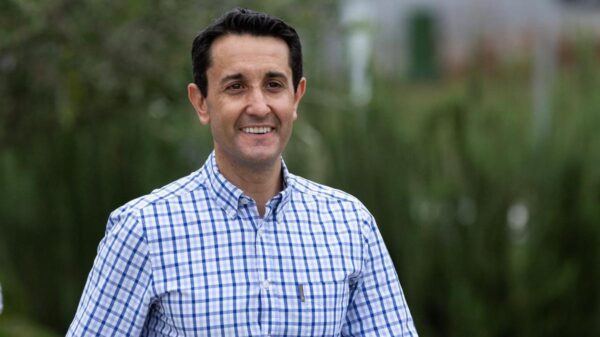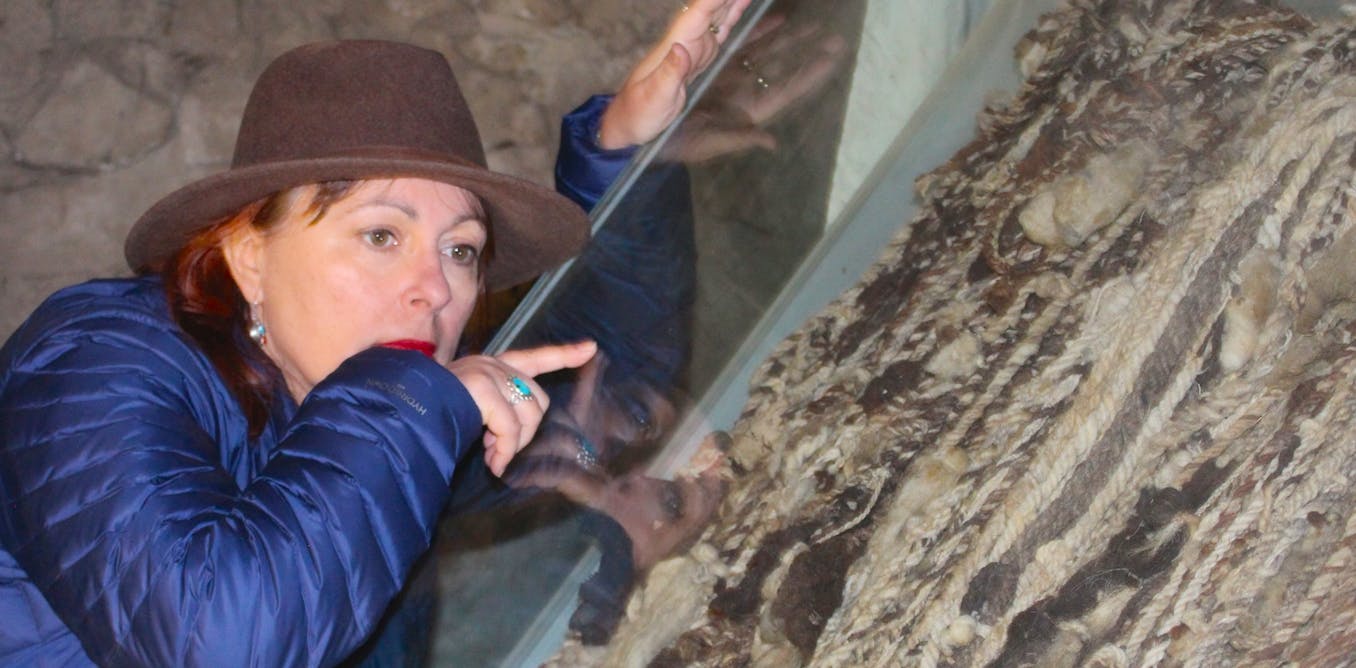Recent research has revealed that the ancient Incan civilization employed a more inclusive approach to record keeping than previously understood. New evidence indicates that not only elite officials but also commoners participated in creating and using khipus—knotted cords that served as a sophisticated system for recording information. This discovery challenges longstanding assumptions about who could produce these vital records in the Incan Empire, which thrived from approximately 1400 to 1532.
Researchers, led by Sabine Hyland, uncovered that khipu experts sometimes signed their work with locks of hair. This practice stemmed from the Inca belief that human hair encapsulated a person’s essence, linking identity to physical attributes. For instance, a child’s first haircut was a significant event, with the hair being offered to deities or preserved as a sacred object. Notably, the emperor’s hair was retained during his lifetime and fashioned into lifelike representations after his death.
The team of researchers focused on the highland village of Jucul in Peru, where villagers possess over 90 ancestral khipus. These khipus, some dating back centuries, feature human hair tied to their primary cords. This suggests that the individuals responsible for crafting each section of a khipu marked their authority and identity through personal items. For example, in a 16th-century khipu from the Andean community of Collata, strips of a leader’s insignia scarf were incorporated to signify the creator’s contribution.
In a groundbreaking analysis, the research team examined an Inca-era khipu designated as KH0631, which was composed entirely of human hair from a single individual. Until this study, the presence of hair in khipus had not been systematically explored. The 104 cm long hair was folded and twisted, indicating a growth period of over eight years, which was determined by the average growth rate of human hair.
Isotopic analysis of the hair revealed insights into the dietary habits of the khipu’s creator. By measuring carbon, nitrogen, and sulfur isotopes, the researchers found that this individual likely consumed a predominantly plant-based diet of tubers and greens, with minimal intake of meat or maize. This analysis contrasts sharply with the diets of elite individuals, who typically enjoyed more diverse and protein-rich foods.
The findings suggest that the khipu expert who crafted KH0631 was a commoner rather than a high-ranking official. This challenges the narrative that only elites were responsible for record keeping in the Incan Empire. The isotopic data indicated that the individual lived in the highlands of Peru or northern Chile, at an elevation between 2,600 and 2,800 meters above sea level.
The implications of this research extend beyond dietary habits; they raise important questions about social structures and literacy in the Inca civilization. While previous studies argued that khipus were created solely by elite bureaucrats, this new evidence reveals that khipu literacy may have been more widespread among various social classes, thus altering our understanding of the Incan administrative system.
As this research continues, it sheds light on the intricate cultural practices of the Inca, emphasizing the contributions of individuals across the social spectrum. The study was supported by several credible organizations, including the British Museum, the John Simon Guggenheim Foundation, and the Leverhulme Trust.
This investigation into Incan record keeping not only deepens our understanding of the khipu system but also highlights the roles of common individuals within a historically significant civilization. As researchers uncover more about the ancient Andes, the narrative of the Incan Empire continues to evolve, revealing a complex society rich in diversity and shared contributions.





























































